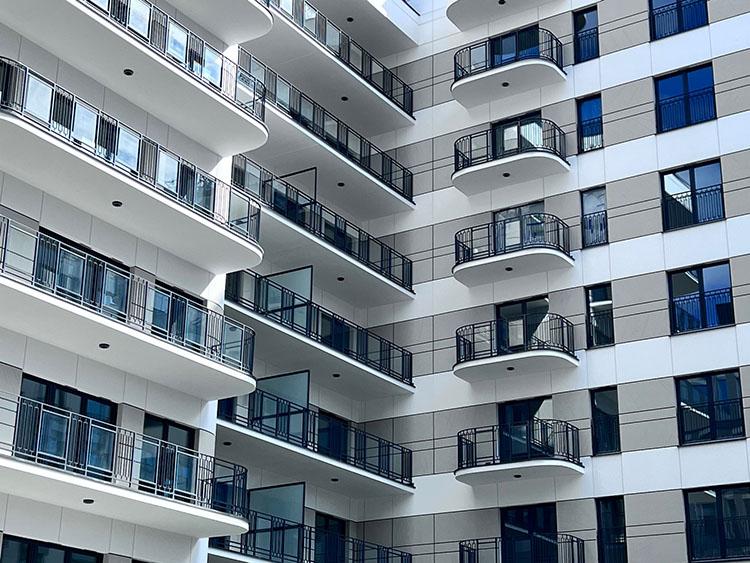Housing prices in Poland stabilizing, slight increases expected in coming quarters
The growth rate of housing prices in Poland has slowed significantly, and the market appears to be stabilizing, according to the latest report from the Polish Economic Institute (PIE). In the coming quarters, analysts expect either a slight increase in prices or continued stability.
In the first quarter of 2025, the average sale price for apartments in Poland’s 16 provincial capitals and Gdynia rose by 2.1% year-on-year on the secondary market and by 3.9% on the primary market. These figures represent a clear slowdown, particularly when compared to the second quarter of 2024, when secondary market prices rose by 23.5% annually. During the same period, wage growth outpaced housing prices, with real wages increasing by around 5%.
Some of the steepest slowdowns were observed in cities that had previously experienced rapid price growth. In Kraków, sale prices declined slightly by 1.4% year-on-year on both the primary and secondary markets. In Warsaw, prices rose modestly—1.8% on the primary market and 0.1% on the secondary market—following year-end increases of nearly 30% in both cities.
According to Tomasz Mądry, senior analyst at PIE, housing prices in the upcoming quarters are expected to rise slightly or remain stable. He notes that the Monetary Policy Council is signaling potential interest rate cuts of up to 100 basis points, with the first move possibly coming in May. This could support increased demand for housing loans, which already rose 15 percentage points in the first quarter of 2025 compared to the 2024 average. At the same time, the supply of new developments has increased, particularly on the primary market, which could help keep prices from accelerating further.
Rental prices also showed moderate growth. In seven major cities, rents increased by an average of 2.2% year-on-year, consistent with trends from previous quarters. For medium-sized apartments (40–60 m²), which account for a large share of listings, average rents reached PLN 2,700 per month in six cities outside of Warsaw and PLN 3,700 in the capital. Rental prices for large apartments (over 90 m²) fell significantly, with average rents dropping below PLN 10,000 per month. The drop was driven by a substantial increase in available listings for larger flats, especially in Warsaw, where supply in this segment grew by more than 300%.
Despite a general increase in rental demand, the total number of available rental listings declined for the third consecutive quarter. In the first quarter of 2025, rental listings in the seven monitored cities dropped by 8% year-on-year, with a 6% decrease in Warsaw and a 10% average decline in the other cities.
In comparison with other Central and Eastern European cities, housing price increases in Poland remained relatively low. In the first quarter of 2025, annual price growth in major Czech cities such as Liberec (25%), Brno (13%), and Prague (10%) exceeded those in any large Polish city, none of which saw growth above 6%. Hungary’s capital, Budapest, also recorded a 16% increase. Estonia saw the lowest price changes in the region, with Tallinn and Tartu recording price fluctuations around 2%.
According to Jędrzej Lubasiński, senior sustainability analyst at PIE, the Czech Republic continues to lead in regional housing costs. Prague was the most expensive city in the first quarter of 2025, with average prices reaching €5,800 per square meter. Other high-priced cities included Brno (€4,800), Bratislava (over €4,000), and Warsaw (€4,200). In other Central and Eastern European capitals, average prices ranged between €2,200 and €4,000 per square meter.









